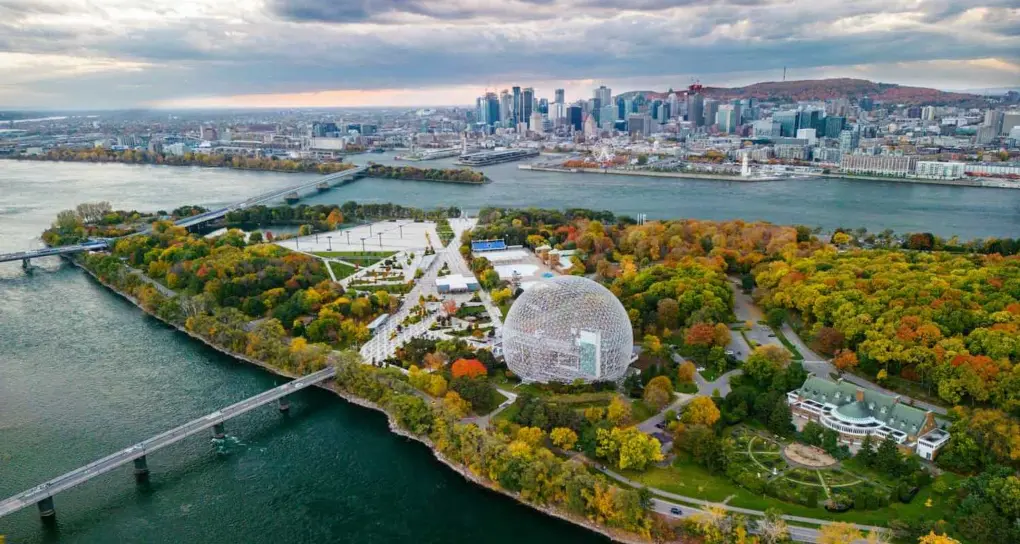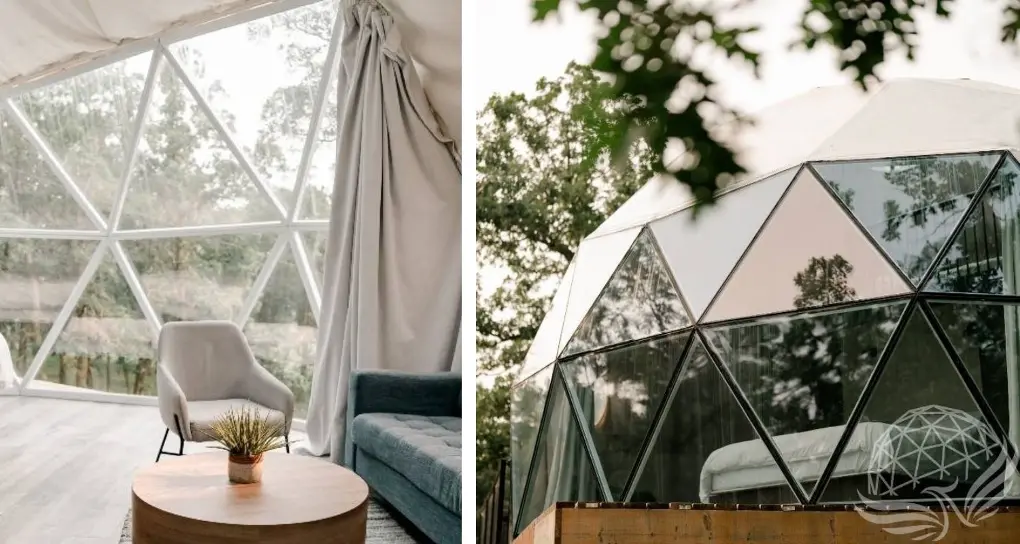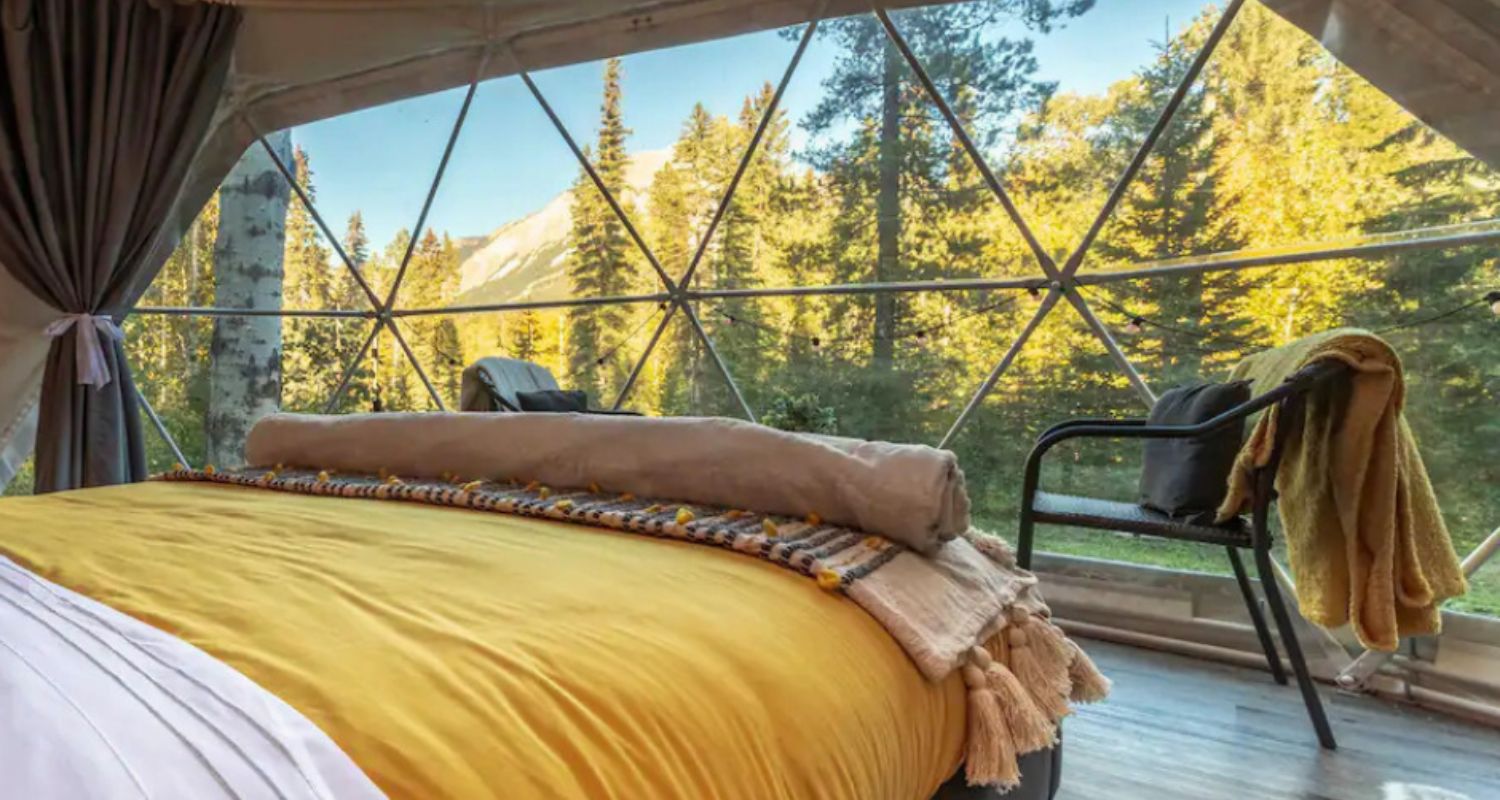In today’s architectural landscape, where innovation and sustainability are at the forefront, geodesic domes continue to captivate designers, engineers, and eco-conscious living enthusiasts alike. These remarkable spherical structures, blending artistry with scientific principles, have stood the test of time as one of the most efficient and durable designs.
From their early inception to their modern applications, geodesic domes are pushing the boundaries of both form and function.
The Origins of Geodesic Domes
The story of geodesic domes begins in the early 20th century with German engineer Walter Bauersfeld, who developed a dome structure for a planetarium in 1922. This early iteration, made from a network of triangles, demonstrated the inherent strength of using geometric forms to create a stable, load-bearing structure.
However, it was R. Buckminster Fuller, an American architect and inventor, who truly brought the geodesic dome into the global spotlight. In the 1940s, Fuller refined the design and championed it as a revolutionary solution to housing, resource efficiency, and energy conservation. His groundbreaking structure at the 1967 Montreal Expo became an iconic symbol of futuristic architecture, proving that geodesic domes could combine beauty, strength, and functionality on a grand scale.

R. Buckminster Fuller’s Biodome at the Montreal Expo
The Science Behind the Strength: Geometry Meets Engineering
At the heart of the geodesic dome's remarkable stability is geometry. Domes are constructed from a series of interconnected triangles, which are the strongest and most stable geometric shapes. This triangular framework efficiently distributes stress across the structure, making domes incredibly resilient to environmental pressures like wind and snow.
This concept of distributed stress is one reason why geodesic domes are so structurally sound. By avoiding concentrated pressure points, domes can withstand heavy loads with far fewer materials than conventional buildings, making them both cost-effective and environmentally friendly.
Geodesic domes also perform great in high winds - with no flat surfaces and edges to catch the wind, it has to flow around it, giving it much more resistance to the elements - as seen in this Video one of our customers took when they went to check on their dome during Hurricane Katrina!

Hybrid/PVC Dome Design by Phoenix Domes
At Phoenix Domes, these geometric principles are elevated with the use of modern materials like high-strength steel frames and UV-resistant vinyl covers, ensuring both durability and lightweight construction. For those seeking added strength and longevity, options such as hybrid/PVC domes with glass panoramic windows and hard panel domes provide enhanced durability while maintaining the dome's aesthetic appeal.
Sustainable, Versatile, and Energy-Efficient
One of the greatest advantages of geodesic domes is their energy efficiency. Their shape minimizes the surface area exposed to the outside elements, reducing heat loss in cold climates and keeping interiors cool in hot weather. This inherently efficient design, combined with additional dome insulation options, makes these structures more eco-friendly, cutting down on energy consumption.
Beyond energy efficiency, geodesic domes excel in versatility. Whether you're creating a glamping retreat, an eco-friendly home, or an outdoor wellness space with saunas and hot tubs, these domes can be customized to fit any lifestyle or purpose. Phoenix Domes, for instance, offers a range of dome sizes, customization options, and add-ons like hydrotherapy circuits, combining form, function, and sustainability in one adaptable structure.
Geodesic Domes in Modern Use: A Phoenix Domes Perspective
Today, geodesic domes are found across a wide range of applications, from luxury glamping sites and eco-resorts to personal wellness retreats and alternative homes. At Phoenix Domes, the approach is to take the time-tested principles of geodesic design and apply them to create not just shelters, but transformative living spaces that foster a connection to nature and a sustainable lifestyle.
Consider the success story of the Luxe Serenity Dome at Blaeberry Base, Golden, BC. Designed by Phoenix Domes, this rental dome has become a highly sought-after rental property, known for its unique guest experiences and its year-round appeal, bolstered by smart upgrades like an oscillating ceiling fan and spray foam insulation for added comfort. It demonstrates how geodesic domes offer both financial and environmental benefits by creating a low-impact, high-return structure.

Picture Credit: Luxe Serenity Dome
The ability of these domes to be easily erected and modified makes them perfect for both temporary and permanent uses, allowing entrepreneurs and homeowners to scale their properties creatively and efficiently.
The Future is Geodesic Domes
Looking ahead, geodesic domes will likely play a significant role in shaping the future of sustainable architecture. As the world seeks more energy-efficient and environmentally friendly building solutions, the timeless elegance and engineering genius of geodesic domes continue to stand out.
With companies like Phoenix Domes offering affordable, customizable domes that balance modern living with ecological responsibility, these structures are set to inspire the next generation of architects, builders, and eco-conscious consumers.
Whether you're dreaming of a minimalist eco-home, expanding your dome rental glamping business, or simply seeking a unique architectural solution, geodesic domes offer a perfect blend of practicality and inspiration. Their rich history, rooted in scientific principles, and their continued evolution ensure that these architectural wonders will remain a symbol of innovative, sustainable living for years to come.